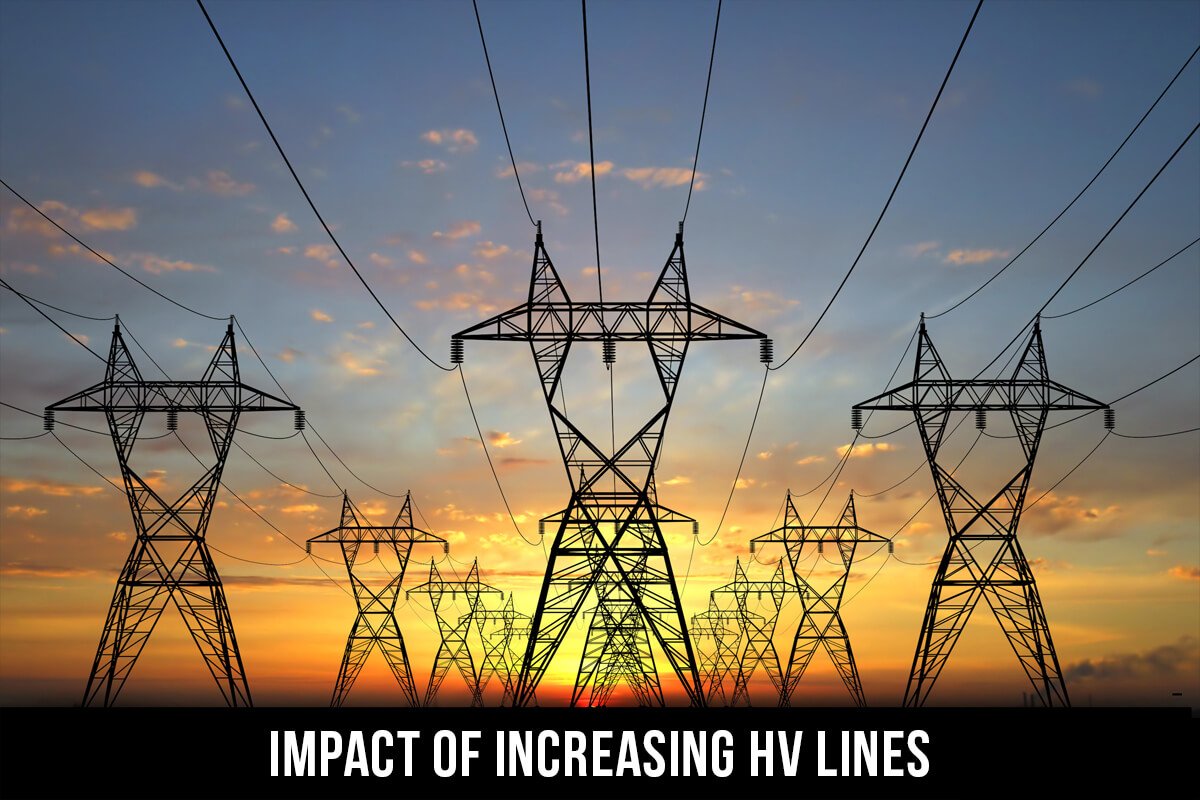
LOW TRANSMISSION (LT)
Tension is another name for Voltage and a low voltage line is a low-tension line is a low tension line and a high-voltage line is a high tension line.
Do you know?
In India, Low Voltage (LV) supply is 400 Volts for 3phase connection and 230 Volts for single-phase connection. HT (High Tension) supply is applicable for bulk power consumers ( Industries, corporate offices, hotels, Universities, and even residential areas) who require 11 kilo-Volts or above of this whereas small consumers ( individual houses, small offices, shops, smaller manufacturing units of electricity get LT (Low Tension) connection. The tariff structures for LT and HT distribution depend upon the state rules and regulations. In some states, a residential apartment can enjoy the advantage of lower rates if electricity is permitted at bulk HT tariffs.
Domestic, Commercial & Industrial tariffs
Distribution companies supply electricity at distinct rates to various categories of consumers. Every state has distinct categories that cater to the requirements of the businesses existing in their states. The most usual categories are residential, commercial, and Industrial sectors. The electricity rates are low for residential or domestic consumers and are high for industrial consumers.
So, there are different rates for HT and LT. The below categories are available in most states of India. Low levels of transmission fluid can generate all sorts of issues. Being able to notice these symptoms early could conserve you a lot of funds and headaches in the long run. Distribution companies supply electricity at different rates to various categories of customers.
Every state has distinct categories that cater to the requirements of the businesses existing in their states. But the most common categories are domestic, commercial, and Industrial.

Domestic-LT
Domestic-HT: Bulk supply for Domestic Establishments
All States
Commercial & Industrial-LT/HT
Domestic-LT
This electrical service is applicable to the domestic residence of rural areas, urban housing, and housing society, and others related to them.
Domestic-HT: Bulk supply for Domestic Establishments
Mostly, these categories are also distinguished depending on the connected load because commercial units are also placed in the housing society and the tariffs get increased if the connected load gets higher.
All States
The tariff structures of states get changed because they are not uniform. It is levied depending upon the combination of fixed and unit charges.
Commercial & Industrial-LT/HT
For shops, shopping malls, corporate offices, hotels, theatres, manufacturing, industry, and many more. The layout of commercial and industrial tariffs is distinctive when it is compared to the domestic tariff structure. Every state follows the tariff structure fixed by their state. For shops, shopping malls, corporate offices, hotels, theatres, manufacturing, industry, and many more. The layout of commercial and industrial tariffs is distinctive when it is compared to the domestic tariff structure. Every state follows the tariff structure fixed by their state.
The Impact of Increasing HV Lines
Increasing HV lines will help to assist in reducing both voltage drops and line losses. Let’s discuss them further in detail.
1. Reduction in Voltage Drops
Due to small conductor sizes and long lines, Voltage may drop in LV cables. Generally, in High Voltage power distribution systems, when the distribution of power is < less than 1% and the voltage gets dropped.
2. Reduction in Line Losses
The supply at a low voltage can result in high line losses in a low voltage power distribution system. However, the line loss in a high voltage system for the distribution of an equivalent portion of power is less than 1% of the total LV system.

Therefore, with a high voltage power distribution system, the complete energy losses are quite reduced. With all factors such as load factor, power factor remaining constant and, % loss in a system having a high LV/HV ratio is generally higher when compared to a low LV/HV ratio distribution system. The importance of a power distribution system is more than just a large number of wires transmitting electricity. It includes cables that carry both low voltage and high voltage. The cables are the most important component of the total power distribution system because they carry power from one point to another and cables are available in different sizes and ranges of voltage. Normally, LV cables support and 600-1100V whereas HV is able to carry above 3300V.
